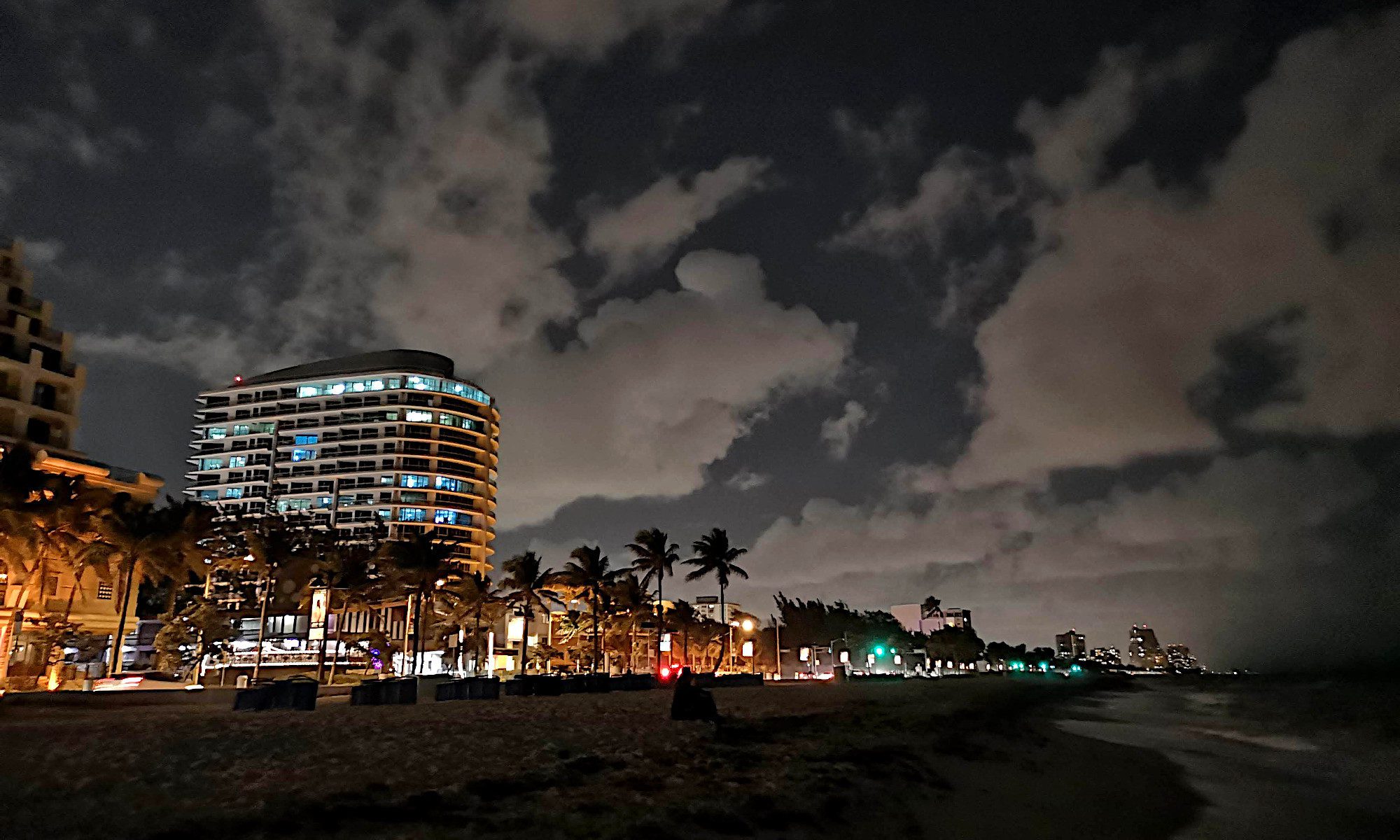
A comment from Twitter co-founder Biz Stone sparked much discussion recently about whether the company was planning to create a news service using its network. Our response was that Twitter already functions as a news network, since it allows anyone to publish quickly and easily from virtually anywhere. And we’ve seen another excellent example of what that means for real-time “networked journalism” over the past few days, as a 17-year-old resident of one of Brazil’s biggest slums used Twitter as a live-reporting tool during the riots and crackdowns by the police in Rio de Janeiro.
Brazil has been under increasing tension over the past weeks and months, as the government tries to clean up some of the crime and other issues in its second-largest city, which will be the host site for the 2014 World Cup of soccer as well as the 2016 Olympics. The country has promised to improve security as part of its bid for both, and Rio de Janeiro’s governor has also promised repeatedly to crush the drug gangs that have effective control over many of the “favelas” or slums in the city. This has included raids during the past week on the so-called German Complex or “Complexo do Alemao.”
One of the residents of that favela is 17-year-old Rene Silva. As the BBC describes in a story today, however, the teenager has been much more than just a bystander during the police raids in his neighborhood: using Twitter and a network of friends and fellow residents throughout the German Complex, he has been acting as a kind of one-man news service, reporting to the outside world in real-time as armored vehicles moved into the shantytown and heavily-armed drug dealers escaped into the hills around the city.
In addition to simply posting and re-tweeting observations from the ground on his Twitter account @vozdacommunidade (Voice of the Community), Silva even set up a mobile phone with video capabilities on the roof of his house and streamed video of the raids. And it’s clear that reporting on his community using whatever means possible was in the teenager’s blood even before Twitter came along: the name of his Twitter account is also the name of the community newspaper he started when he was just 11 years old. By Sunday night, Silva had over 20,000 followers and was being interviewed on prime-time television.
This is about more than just a kid using Twitter though. As co-founder Evan Williams described it recently in an interview, one of the powerful things about the micro-blogging network is that it lowers the barriers to publishing, and that this results in “more voices and more ways to find the truth.” Silva’s use of the service to provide an eyewitness view of the Rio raids is a powerful example of that at work.
As the BBC describes, the images of the raids in Rio de Janeiro — burning buses, firefights in the street with drug gangs, and so on — were readily available to anyone watching CNN or any other news program, along with analysis and reactions from “a succession of security experts, sociologists, lawyers and anthropologists.” But missing from much of this coverage are the people living inside the favelas themselves. In that sense, Silva’s coverage via Twitter served a crucial real-time, news-gathering function, one that would likely not have been possible otherwise.
